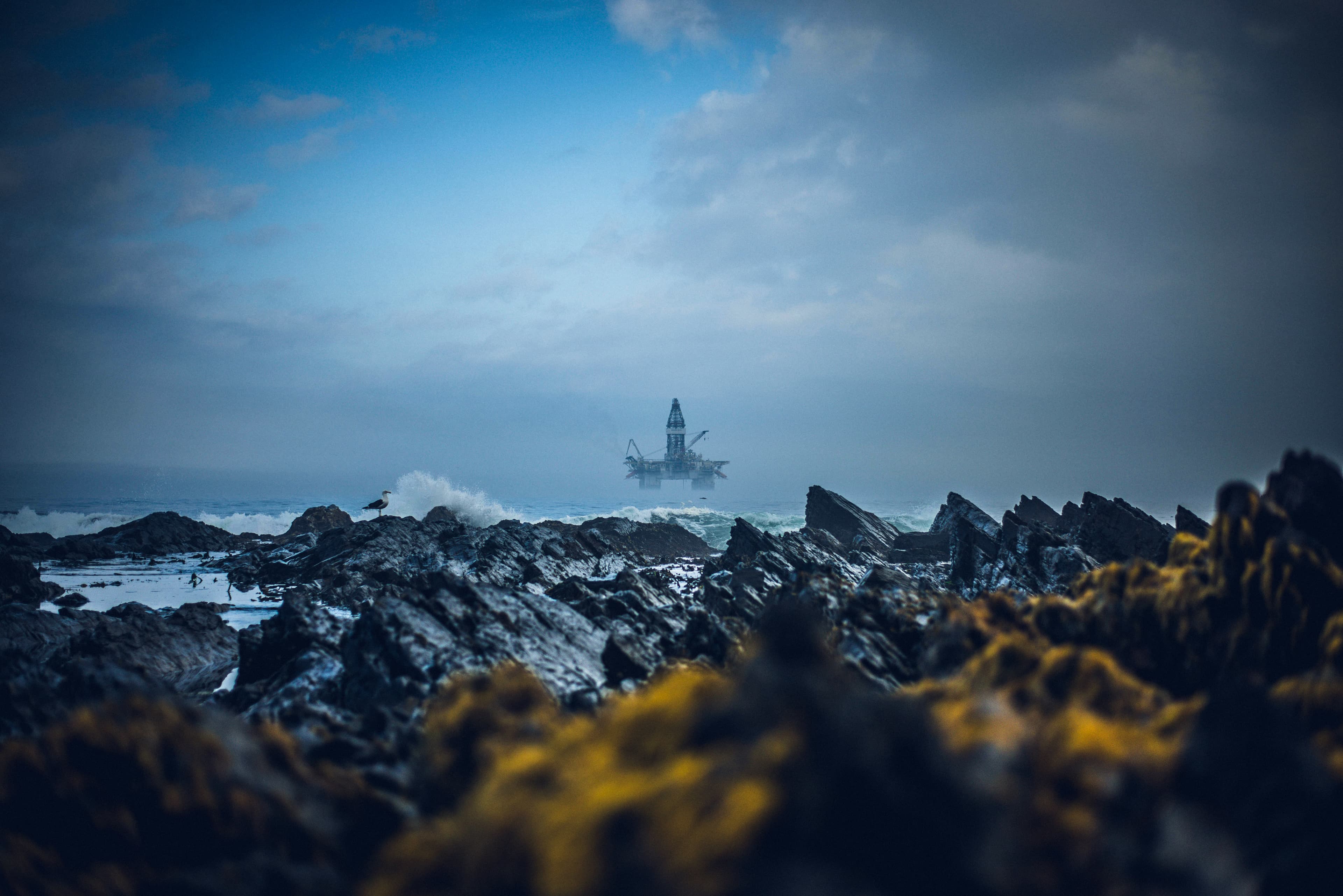
How Do Oil Spill Containments Work?
Oil spills can have serious environmental consequences, particularly in offshore and coastal areas. Quick, coordinated containment is essential to limit the spread of oil, minimise harm to ecosystems, and support effective recovery efforts. While no single method works in every situation, a combination of strategies is often used based on the spill’s size, location, and weather conditions.
Containing the Spread
The first priority in any oil spill response is containment. This involves physically preventing the oil from spreading further. It is typically done using booms, which are floating barriers deployed around the spill or around sensitive areas such as coastlines and marine habitats. Booms work best in calm water conditions. However, their effectiveness drops in high winds, strong currents or rough seas, where oil can wash over or escape underneath.
Recovering the Oil
Once the oil is contained, mechanical recovery begins. Skimmers are commonly used for this purpose. These devices remove oil from the water's surface and come in several types:
-
Weir skimmers, which allow oil to flow into a collection chamber.
-
Oleophilic skimmers, which attract oil using materials like rotating drums.
-
Vacuum skimmers, which suction oil directly into storage tanks.
Skimmers are most effective when the oil layer is thick and sea conditions are relatively calm. In challenging conditions, recovery can be slower or less efficient.
Sorbents may also be used during or after skimming to absorb remaining traces of oil. These materials can be natural or synthetic and are particularly useful in smaller-scale spills or for final cleanup. However, they saturate quickly and generate significant waste, making them less suitable for larger offshore incidents.
Breaking Down the Oil
In some cases, responders apply chemical dispersants to the slick. These agents break oil into smaller droplets, allowing it to disperse into the water column and degrade more easily through natural processes. Dispersants are often used when mechanical recovery is not possible or when oil threatens sensitive shorelines. Their use is closely regulated due to potential impacts on marine ecosystems below the surface.
Another method used in open water is in-situ burning, where the oil is ignited and burned off. This approach can remove large amounts of oil quickly and reduce shoreline impact. However, it requires specific conditions such as a thick oil layer and low wind, and it produces smoke and residue that must be managed.
Deepwater Response
For spills originating at the seabed, particularly in deepwater oil and gas operations, specialised equipment is used at the wellhead. This includes capping stacks and containment domes, which help stop or redirect the oil flow. These technologies were widely adopted after the Deepwater Horizon spill and are now part of standard offshore contingency planning.
Training and Preparedness
A well-coordinated oil spill response depends not just on having the right equipment, but also on ensuring that personnel are properly trained. International frameworks like the IMO STCW Convention establish safety and pollution prevention training requirements for seafarers, while offshore industry bodies such as IADC and IWCF outline broader competency standards for incident response and well control.
Although not all training is mandatory across every role, awareness of oil spill containment techniques, safe equipment use and emergency coordination procedures is vital. Ongoing drills, inter-agency cooperation and adherence to recognised best practices all contribute to stronger environmental readiness across the offshore and maritime sectors.
A Coordinated Approach
Effective oil spill response relies on selecting the right tools for the situation and having trained personnel and equipment ready to act. Weather, sea conditions, oil type and location all play a role in determining the most appropriate strategy. A combination of containment, recovery and remediation techniques is often necessary to limit the environmental impact.
Preparedness, regular training and international cooperation are essential to maintaining a strong and flexible spill response capability.
Sources
-
NOAA Office of Response and Restoration: https://response.restoration.noaa.gov/
-
ITOPF (International Tanker Owners Pollution Federation): https://www.itopf.org/
-
U.S. Environmental Protection Agency (EPA): https://www.epa.gov/oil-spills-prevention-and-preparedness-regulations
-
International Maritime Organization (IMO): https://www.imo.org/
-
BSEE - Bureau of Safety and Environmental Enforcement: https://www.bsee.gov/
-
International Association of Drilling Contractors (IADC): https://www.iadc.org/
-
International Well Control Forum (IWCF): https://www.iwcf.org/